Diminished Chord Theory Bands
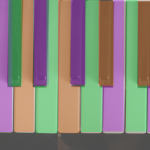
In previous lessons we learned how to play a diminished chord. What defines a diminished, is a minor chord with a flatted fifth. Diminished chords are probably my favorite kind to play because they all carry a special link. The way they are set up creates these diminished bands. When you add a 7th to a diminished chord, you get four equidistant notes. If you play any three of the four notes, you will get a diminished chord of the same caliber. There are only…
Guitar Method for Easy Progression Mapping
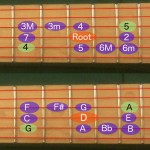
The notes on the guitar are laid out in an interesting way. The way that it is set up, you can find the next root position in the progression very quickly. No matter where you are on the fretboard, this pattern is consistent except between G and B. As mentioned in the previous lesson, the distance between string G and B is a minor third instead of a forth like all the other strings. This method of finding the next root note in the progression…
Music Theory Now Explained on Guitar Intro
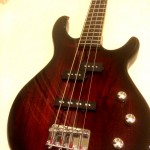
In the previous lessons, I taught music theory on a piano. Due to high demand, I’m going to teach the same theory on a guitar and bass guitar as well. The theory is the same no matter which instrument you play it on, but the way the notes are laid out are completely different. Even though the theory itself is the same, learning music theory across multiple instruments helps you understand and grasp the knowledge in different ways.
Music Theory Lesson – Progressions #3
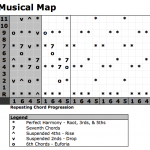
When playing a melody, there are many positions you can start from. Each starting point has a different feeling on the entire melody segment. While you can start anywhere, it’s best to start on a harmonizing note; even better if the harmonizing notes are different. Usually the starting point is dictated by where you left off in the last melody segment.
Music Theory – Piano Chords #4
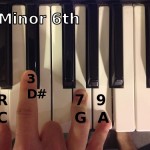
Last time we learned 9th Chords. Now that we’ve reached lesson #6, we’re going to cover 6th chords. These are very interesting chords because they add some color to your progression. They give your progression something different without pushing it’s limits and keeping a stable chord. These are great and create very diverse tones depending on it’s surrounding chords. I’m starting to use them a lot in my music. Let’s start building our chords!
Music Theory – Piano Chords #3
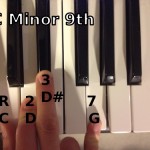
Last time we discussed the different kinds of 7th Chords. This time we’re going to talk about a new chord, which just so happens to be my favorite. It’s called a 9th Chord. When adding a 9th, you don’t want to use too much. A 9th has it’s best results when used in small quantities. You can think of a Major 9th as of ‘something being there’ while a Minor 9th as ‘something missing’. That ‘something’ being a sedimental feeling toward something. What kind of…
Music Theory – Piano Chords #2

Last time we learned about Building Chords. The chords we learned were: Major, Minor, Augmented, & Diminished. Hopefully you’ve been practicing these and have them down well now because the chords we’re going to learn today are the same chords, there’s just an extra note tacked onto the end of them. The extension note to these chords are called a 7th. There are 5 common types of seventh chords: Major 7th, Minor 7th, Dominant 7th, Diminished 7th, & Half-Diminished 7th. Seventh chords make any chord sound…
Music Theory – Piano Chords #1
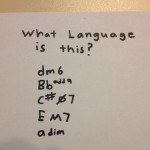
Now that we understand progressions and how they move based off the chart, we can build chords instead of single notes at each position. A chord is a combination of notes that harmonize together. When notes are played in certain combinations, they create more complex wavelengths. The interesting part about this, is that certain chords have the same wavelength of specific emotional vocal patterns. And when people display emotions, people subconsciously pick up on them and feel them. That’s just human psychology. If I were…